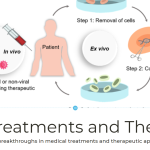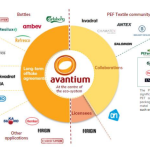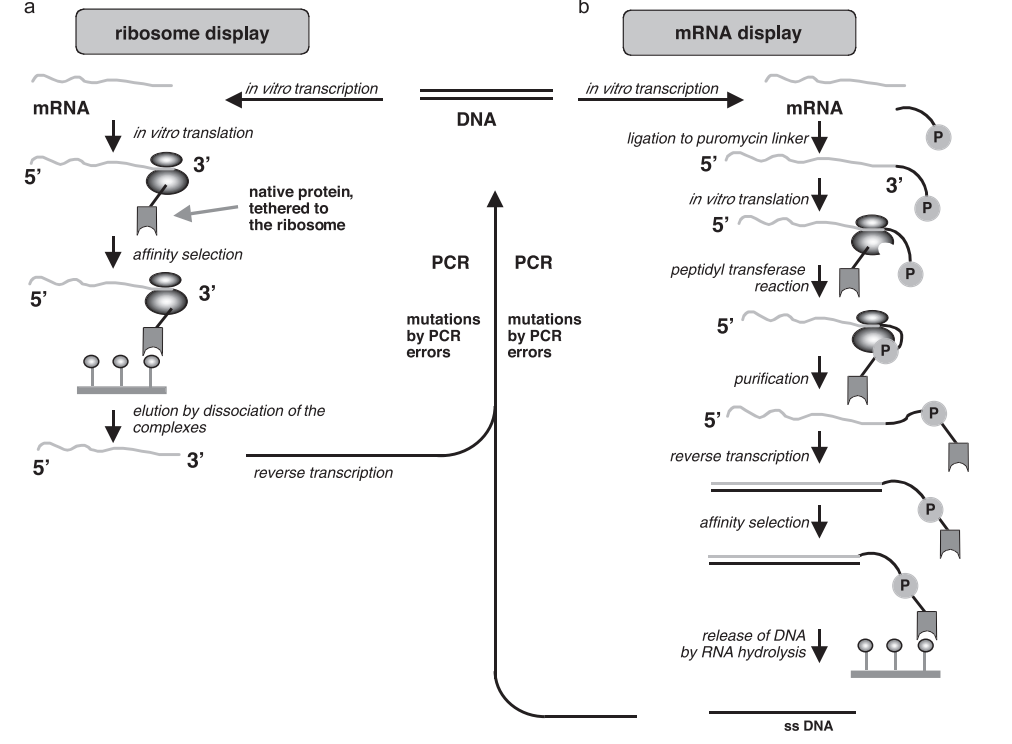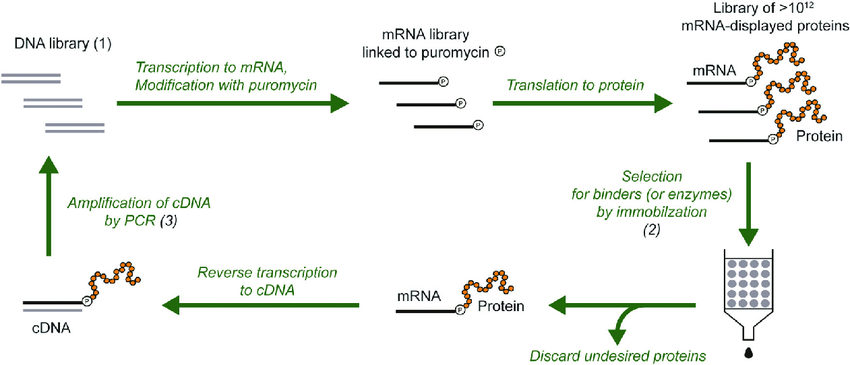1. Introduction
CRISPR-Cas9 technology has revolutionized functional genomics research by enabling precise and scalable gene editing in diverse biological systems. Central to the success of CRISPR knockout studies is the selection of appropriate cell lines, which must balance transfection efficiency, genetic stability, and biological relevance to the research question. This article explores the top five cell lines widely used in CRISPR knockout studies—HeLa, A549, 293T, and representative lymphoma cell lines—providing insights into their unique characteristics, applications, and optimization strategies.
2. HeLa Cells: The Immortalized Workhorse of Cancer Research
Origin and Characteristics:HeLa cells, derived from human cervical adenocarcinoma in 1951, are the oldest and most widely studied immortalized cell line. Their epithelial morphology, rapid growth rate (doubling time: ~24 hours), and robust survival post-editing make them ideal for high-throughput CRISPR screens. Notably, HeLa cells exhibit a near-triploid karyotype (76–80 chromosomes), which may influence gene dosage effects in knockout studies .
CRISPR Advantages:
- Transfection Efficiency: HeLa cells readily uptake plasmids, lentiviruses, and ribonucleoproteins (RNPs), achieving editing efficiencies of 60–80% with standard lipofection .
- Well-Characterized Genome: The HeLa genome has been extensively annotated, facilitating sgRNA design and off-target analysis.
- Functional Studies: CRISPR knockout of HPV oncogenes (e.g., E6/E7) in HeLa cells has elucidated mechanisms of viral-driven tumorigenesis .
Limitations:
- Genetic Heterogeneity: Subclonal variations may lead to inconsistent knockout phenotypes.
- Epithelial Bias: HeLa cells lack hematopoietic or neuronal markers, limiting their utility in non-epithelial research
3. A549 Cells: Modeling Lung Cancer and Respiratory Diseases
Origin and Characteristics:A549 cells, derived from human lung adenocarcinoma, recapitulate key features of epithelial-mesenchymal transition (EMT) and alveolar differentiation. Their adherent growth and sensitivity to viral transduction make them suitable for studying lung cancer progression and host-pathogen interactions .
CRISPR Applications:
- Oncogene Dependency: CRISPR knockout of EGFRin A549 cells revealed its role in epidermal growth factor signaling, validating it as a therapeutic target in non-small cell lung cancer (NSCLC) .
- COVID-19 Research: Editing of ACE2and TMPRSS2 in A549 cells demonstrated their necessity for SARS-CoV-2 entry, informing antiviral strategies .
Optimization Tips:
- Culture Conditions: A549 cells require F-12K medium supplemented with 10% FBS and grow optimally at 37°C with 5% CO₂.
- Transfection Methods: Lentiviral delivery or electroporation is recommended for efficient gene editing, as lipofection yields lower efficiency (~40–50%) .
4. 293T Cells: Engineering Lentiviral Vectors and CRISPR Libraries
Origin and Characteristics:293T cells, a derivative of human embryonic kidney (HEK) cells, are prized for their high transfection efficiency and capacity to produce lentiviral vectors. Their epithelial-like morphology and rapid growth (doubling time: ~18 hours) make them indispensable for large-scale CRISPR screening .
CRISPR Utility:
- Viral Production: 293T cells transfected with packaging plasmids (e.g., psPAX2, pMD2.G) generate high-titer lentiviruses for delivering CRISPR components to hard-to-transfect cells .
- Functional Screens: CRISPR knockout libraries in 293T cells have identified genes involved in antiviral immunity (e.g., TTLL12) and viral replication .
Considerations:
- Phenotypic Limitations: Immortalized status may not reflect primary cell biology.
- Transfection Optimization: Use Lipofectamine 3000 or polyethylenimine (PEI) for plasmid transfection, with efficiencies exceeding 90% .
5. Lymphoma Cell Lines: Hematopoietic Models for Immune-Oncology
Origin and Characteristics:Lymphoma cell lines (e.g., Jurkat, Raji, Daudi) are derived from B-cell or T-cell malignancies and exhibit suspension growth. Their hematopoietic lineage specificity and immune checkpoint expression make them critical for studying lymphoma pathogenesis and CAR-T cell therapy .
CRISPR Innovations:
- Oncogene Disruption: CRISPR knockout of MYCin Burkitt’s lymphoma cells (e.g., Daudi) suppressed tumor growth in xenograft models, validating MYC as a therapeutic target .
- Immune Checkpoint Editing: Editing PD-1in Jurkat T cells enhanced cytotoxic activity against cancer cells, informing combinatorial immunotherapy strategies .
Technical Challenges:
- Transfection Efficiency: Electroporation or nucleofection is preferred over viral methods, as suspension cells are less permissive to transduction .
- Culture Sensitivity: Lymphoma cells require RPMI-1640 medium with 10% FBS and frequent passaging to maintain viability.
6. Comparative Analysis: Selecting the Right Cell Line
| Cell Line | Strengths | Limitations | Ideal Applications |
| HeLa | High transfection efficiency, cancer relevance | Genetic heterogeneity | Cancer biology, virology, cell signaling |
| A549 | Lung-specific pathways, viral infection models | Slow growth rate | Lung cancer, respiratory disease |
| 293T | Lentiviral production, CRISPR screening | Immortalized phenotype | Gene therapy, functional genomics |
| Lymphoma | Hematopoietic lineage, immune checkpoint studies | Suspension culture complexity | Lymphoma pathogenesis, CAR-T cell optimization |
Decision-Making Criteria:
- Research Focus: Match cell line biology to the disease or pathway of interest (e.g., A549 for lung cancer, lymphoma lines for immune-oncology).
- Transfection Method: Use 293T for viral production, HeLa for plasmid-based editing, and electroporation for lymphoma cells.
- Validation Strategies: Combine knockout with Western blot, flow cytometry, or next-generation sequencing to confirm gene disruption .
7. Conclusion
Selecting the appropriate cell line is pivotal to the success of CRISPR knockout studies. HeLa, A549, 293T, and lymphoma cell lines each offer unique advantages, but their utility depends on experimental design and biological context. Future advancements in CRISPR technology—such as base editing and prime editing—will further expand the versatility of these cell lines, enabling precise manipulation of complex genetic networks. By integrating cell line selection with cutting-edge editing tools, researchers can unlock new insights into disease mechanisms and therapeutic development.
Final Recommendations:
- Pilot Studies: Test multiple cell lines and transfection methods to optimize editing efficiency.
- Collaborative Resources: Leverage databases like the Cancer Cell Line Encyclopedia (CCLE) to compare genomic profiles.
- Ethical Considerations: Ensure compliance with guidelines for using immortalized cell lines in translational research.
This article provides a comprehensive framework for cell line selection in CRISPR knockout studies, balancing technical rigor with practical insights for researchers at all levels.









